Up Next

Race control’s decision not to let Formula 1 drivers use the drag reduction system until lap 35 of the 63-lap Emilia Romagna Grand Prix proved a huge talking point among fans.
There is no set rule on when DRS is or isn’t enabled, with the FIA officials able to use their discretion on when to prohibit its use for safety reasons, such as amid poor track conditions.
The fact cars were changing onto slick tyres across laps 16-19 but roughly another quarter of the race distance ran before DRS was deemed useable definitely caused some frustration among those watching, and was questioned by some drivers too.
But while Esteban Ocon and Alex Albon, who were in the same queue of cars just outside the points, were among those frustrated it wasn’t enabled sooner, Sebastian Vettel was one of those in the opposite camp arguing that conditions off-line were worse than they appeared.
The huge crash between George Russell and Valtteri Bottas at Imola last year was surely on the officials’ minds, and when DRS was enabled it didn’t prove immediately game-changing for the racing – with Yuki Tsunoda notable for suddenly making forward progress with it but the queue following Lance Stroll in the AlphaTauri’s wake remaining static.
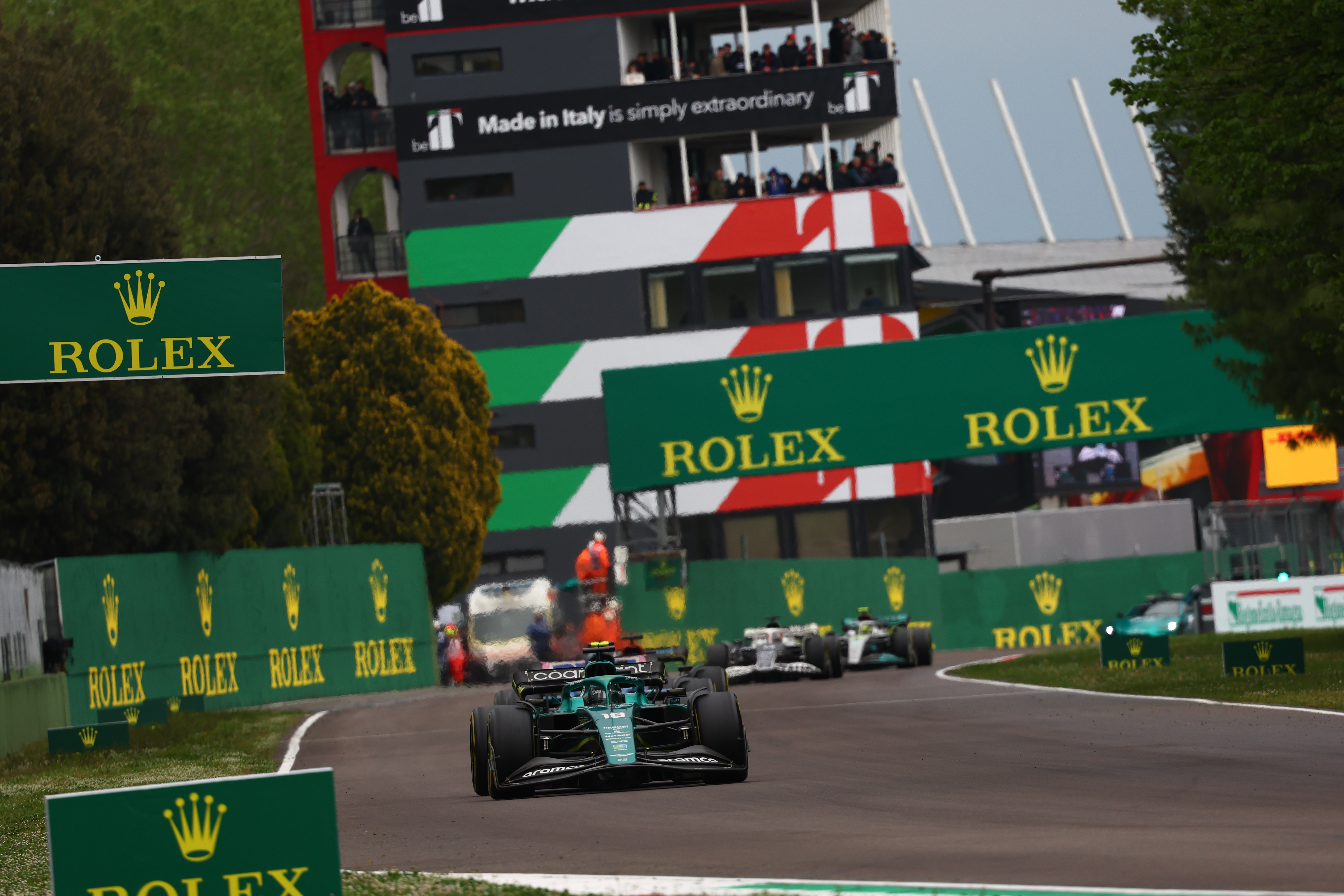
In contrast to the plethora of DRS zones at preceding venue Melbourne – where there were briefly four, reduced to three before qualifying – Imola came as a contrast with just one zone. It ran from the kink onto the start/finish straight down to Tamburello, with a detection zone on the hill down to Rivazza.
DRS has also been under greater focus again given both F1’s decision to keep it despite the 2022 rule changes being designed to increase overtaking in more organic ways, and then the wild amount of passing – and tactical slowing – between title rivals Charles Leclerc and Max Verstappen that the DRS set-ups at the Bahrain and Saudi Arabian GPs led to.
The rights and wrongs of the Imola DRS decision – and DRS in general – were a hot topic for The Race Members’ Club.
Members get the chance to put their questions to The Race’s F1 journalists for our podcast after every grand prix. Here are Mark Hughes and Scott Mitchell’s thoughts on the DRS concerns the members raised.
WAS WAITING TO ENABLE IT THE RIGHT CALL?
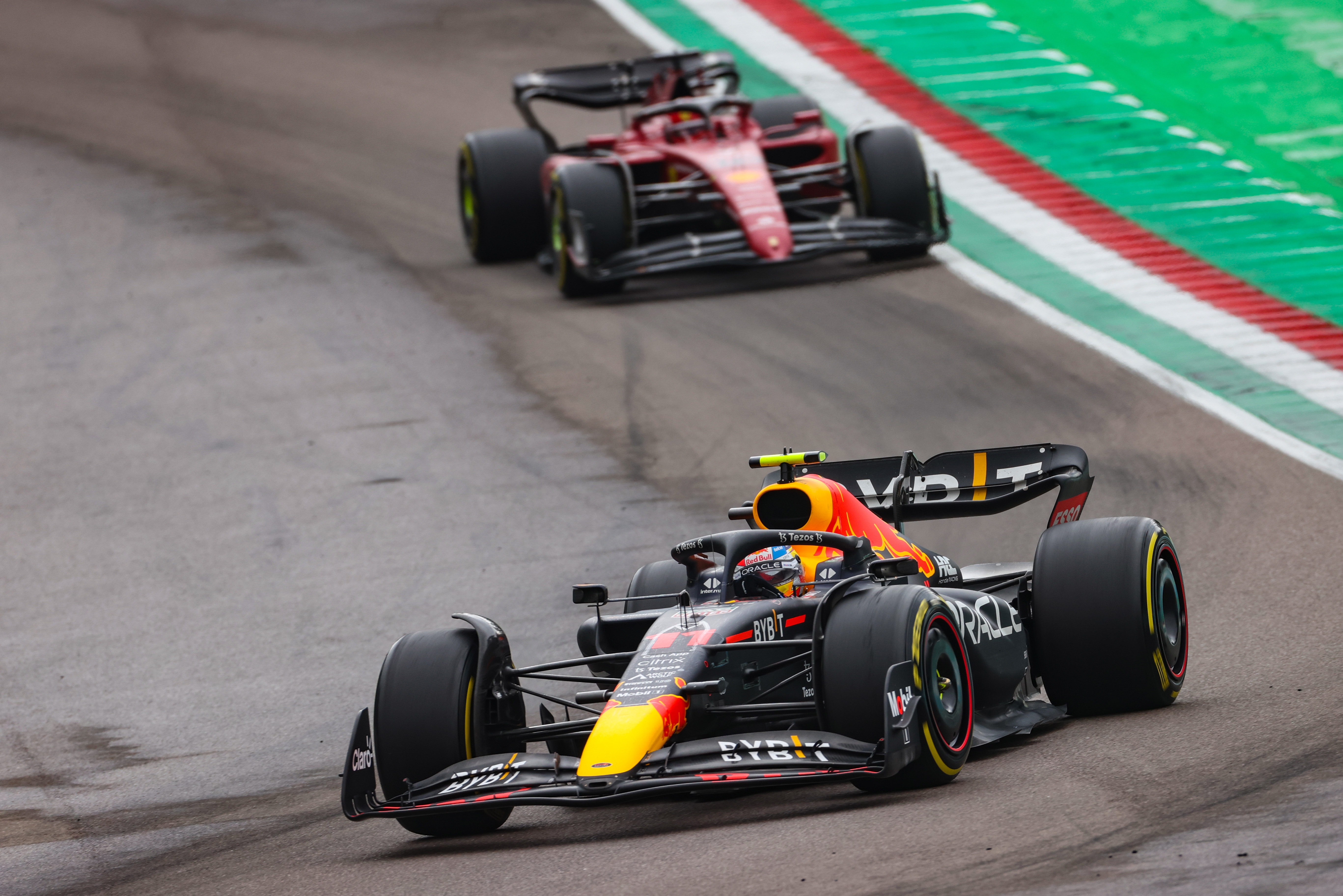
Niall Boyle asked: “DRS hesitancy had a huge impact on this race – if it had been switched on early, what do you think might have transpired?”
Mark Hughes’ thoughts:
When we were watching it at the time, there was a bit of a sense of frustration that it wasn’t being enabled and the track was seemingly dry enough to do it.
But there were a couple of drivers who said actually it was a lot trickier than it probably looked on screen. Where the overhanging trees are, it was extremely tricky still, it was very, very marginal. And down to Tamburello it was tricky.

They probably had in mind the very big accident there last year between Russell and Bottas and I think they were just playing it cautiously.
OK, you can say there is risk in racing so let’s just accept it and do it. But I don’t know.
I think they called it about right. It seemed easy at the time to be critical but I think on balance it was OK.
WAS IMOLA EVIDENCE DRS CAN BE REDUCED?
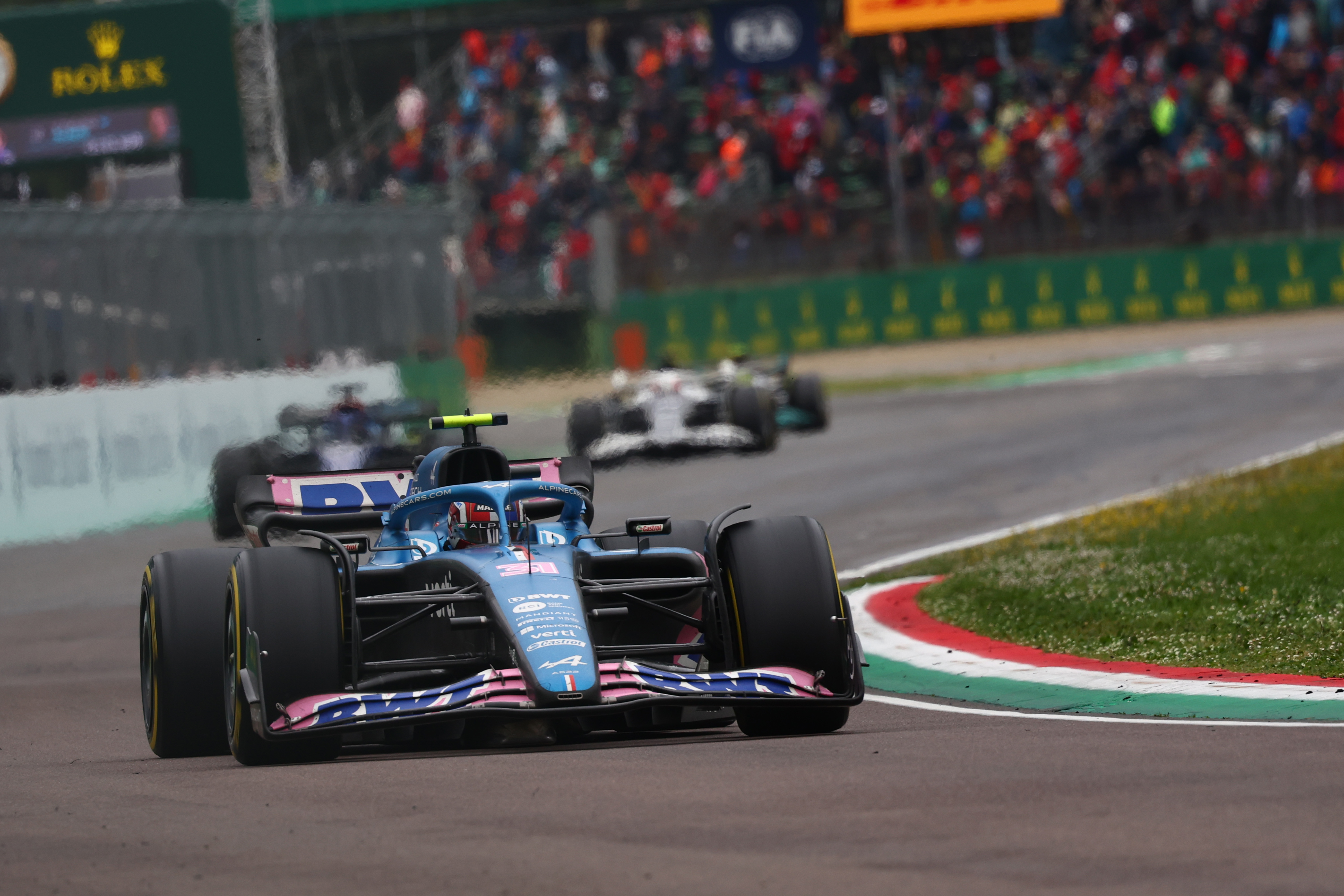
Rupert Stephens asked “Was today’s non-DRS action a strong enough case for DRS at least being tempered, even if it’s too early to eliminate it?” and Henri Hayler added: “We just had a great example of DRS vs no DRS as half the race didn’t have DRS. Do you feel that DRS remains important to the new generation of cars?”
Scott Mitchell’s thoughts:
It’s definitely important. If you look back at Bahrain and Saudi Arabia where we had those wheel to wheel fights between Max Verstappen and Charles Leclerc, both drivers felt that those fights wouldn’t have happened without DRS.
So while this generation of car can follow more closely, there are still limitations obviously. The hope was always that it would be an improvement but that this would be sort of the start of the process rather than an end point.
So I think that for now unfortunately we do still need the DRS. And I say unfortunately purely because it’s so random in terms of its effectiveness.
You go to some tracks with some DRS zones and it’s an absolute easy drive-by pass. And then at other tracks and in other circumstances it’s a bit more like what DRS is supposed to do. It is a bit tricky to judge.
One thing that was a bit interesting was that ultimately the efficiency of each of the cars and their characteristics still plays a part.
Across the sprint race and the grand prix we saw all sorts of different things in terms of the DRS. We saw super-easy breeze-by passes but Verstappen’s move on Leclerc to win the sprint race to me felt like a textbook pass in terms of what the DRS is meant to do: let someone challenge into a braking zone, rather than breeze past.
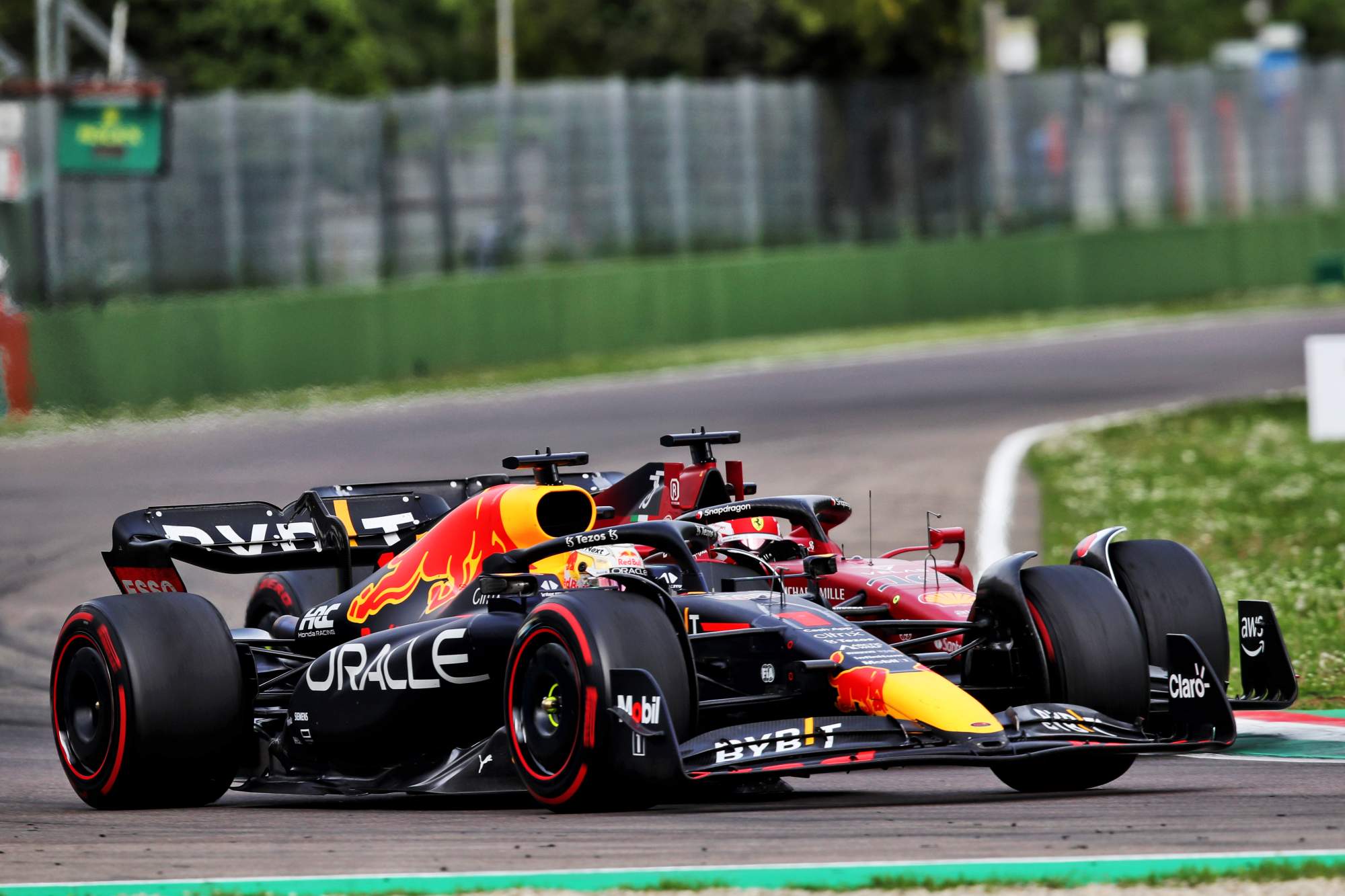
And then you had other cars that even with the DRS couldn’t get past the car in front. So you had the full range basically, which shows that DRS isn’t just a one-size-fits-all thing. We have to be a bit more nuanced about it.
The only thing I would say about the impact that the DRS did or didn’t have on the grand prix is that I do think there would’ve been a couple more passes with DRS had the track been completely dry, because ultimately it wasn’t even a case that you could _challenge_ into Tamburello. You had to use the DRS to blast past in a straight line and then get back over onto the dry bit.
That whole time Lewis Hamilton was chasing Pierre Gasly, there were a few times when he got his front axle level with the AlphaTauri’s rear axle and Gasly was just able to hold him off because ultimately Hamilton had to back out of it to avoid being on the damp stuff. So the conditions absolutely played a part in it.
I think this weekend was an imperfect reference for what role the DRS has in F1, beyond proving that we still need it.
SHOULD F1 TRIAL A RACE WITHOUT DRS?
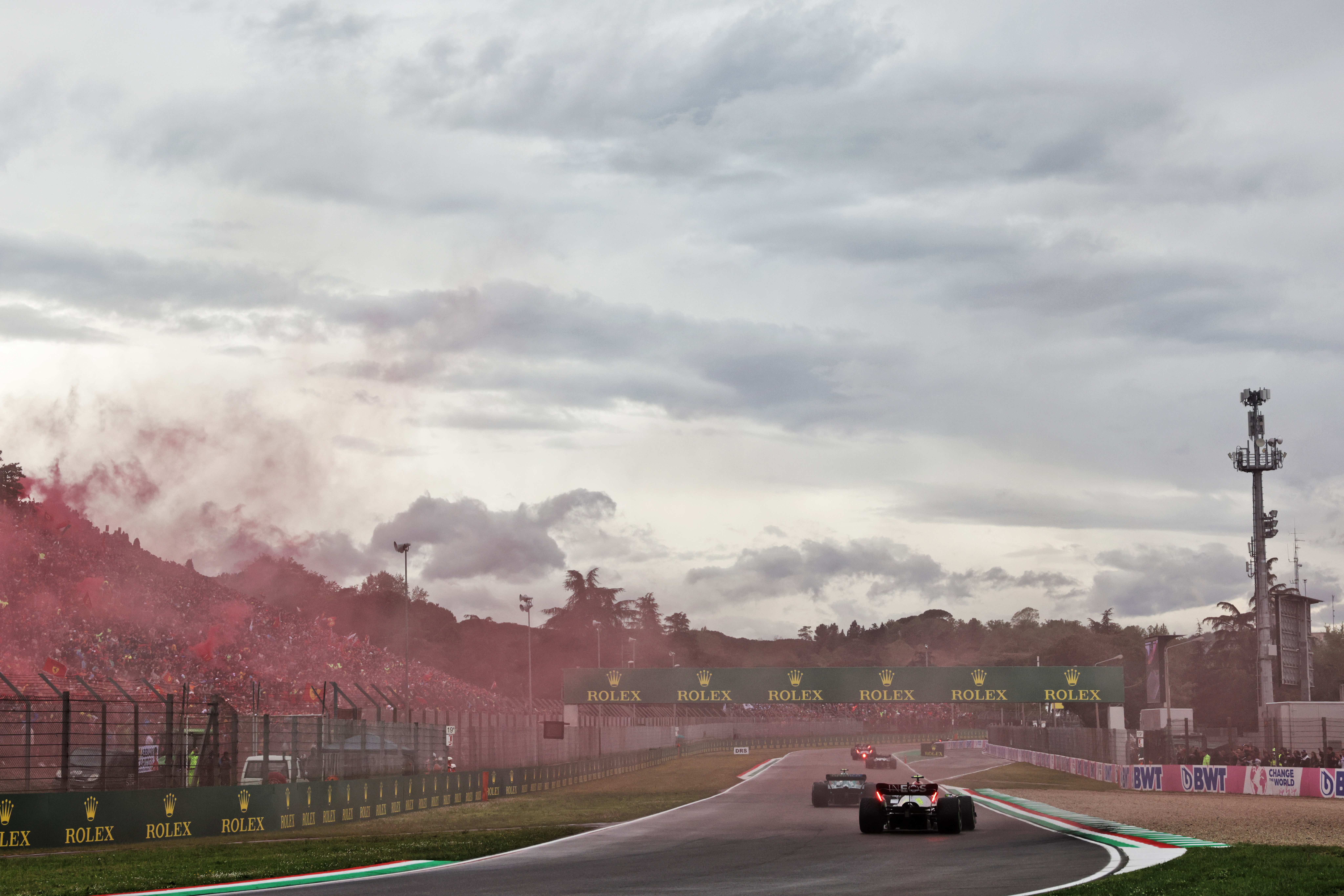
Chris Parrott asked “Surely it’s time to trial a race without DRS with the new cars? We had some fantastic battling between the cars today at some unusual areas of the track that we wouldn’t have seen in previous seasons (rain not withstanding). Why not run the next sprint race without DRS to make a direct comparison with the full race?”
Mark Hughes’ thoughts:
You could, it would be valid, but I don’t think you get answers like that.
It’s always circumstantial, and a race can be made by how difficult an overtake is – especially if you’ve got the slower car leading the faster car. We’ve seen fantastic races like that at Imola in the past, notably with Fernando Alonso and Michael Schumacher.
Sometimes a race can be made by the fact cars _can_ overtake. And it’s really just completely circumstantial which of those it is, and therefore whether DRS is a positive or negative force.
So you could do the experiment, but it wouldn’t necessarily mean anything.
HAVE F1 CARS OUTGROWN CLASSIC TRACKS LIKE IMOLA?
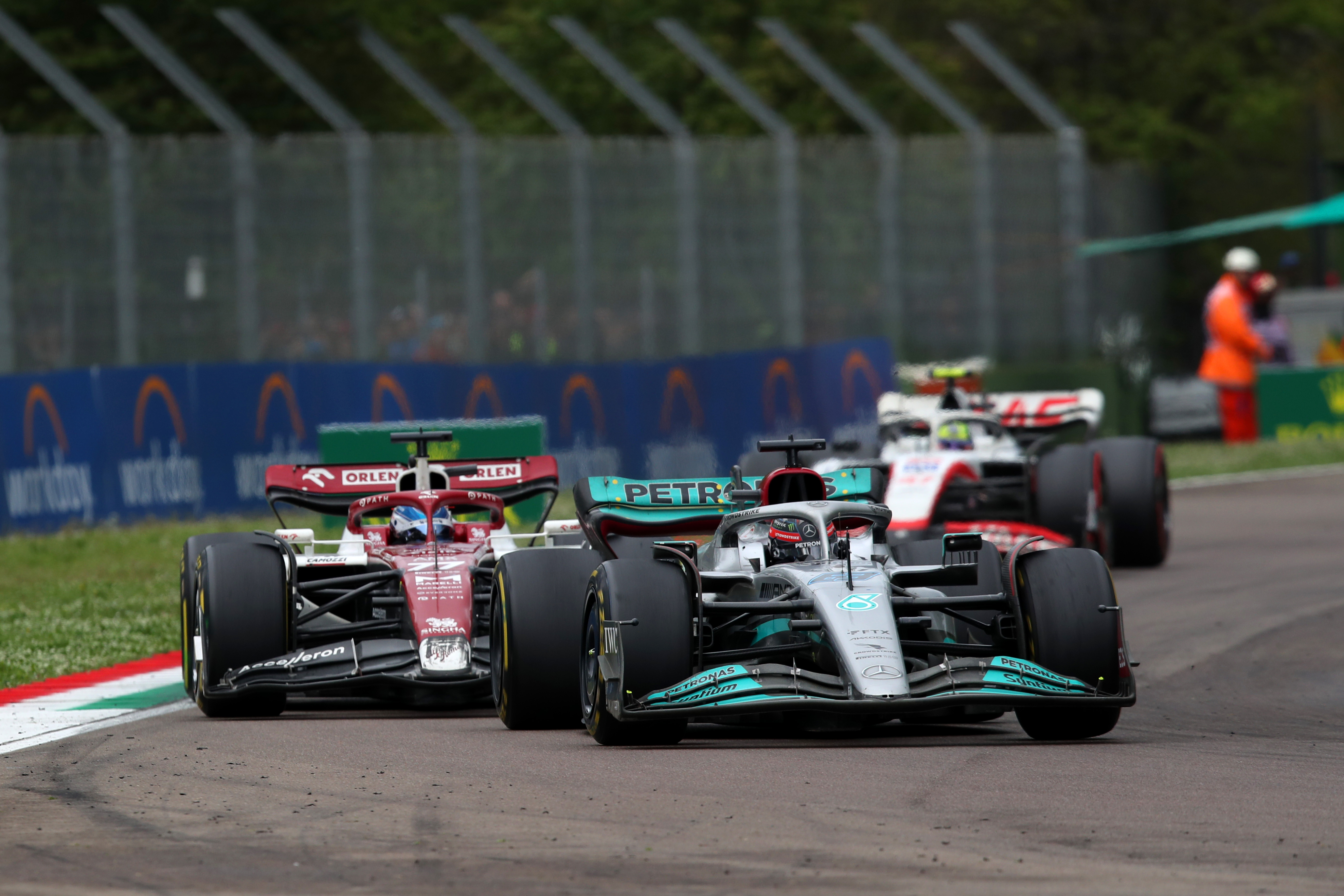
Oscar Robledo asked “has the current breed of F1 cars completely outgrown the ‘classic’ tracks? In a similar vein, has this race highlighted that the overtaking problem that has plagued F1 for years has not been resolved even with DRS?”
Scott Mitchell’s thoughts:
It’s difficult. I don’t think there should be one ‘type’ of track, I don’t think it’s a problem for F1 to have a mix of tracks between ones that are super-wide and it’s easy to go four-wide through a corner or a track like Imola where sometimes it does seem like there’s only one line and barely room for two cars to even go through wheel to wheel.
If this race had been a total procession, I’d be a bit more worried by it. The cars are a bit too big for the circuit, not in the same way that these cars are too big for Monaco. But because there is the possibility of wheel to wheel racing, it adds something to it. It’s just a little bit different.
Watching it from afar, I still got a sense of wonder watching the cars on a track like this that I don’t get everywhere. For example Qatar last year, Lusail was actually quite a cool track for these cars but it was pretty boring to watch them through. So I’m actually pretty happy with Imola in that regard.
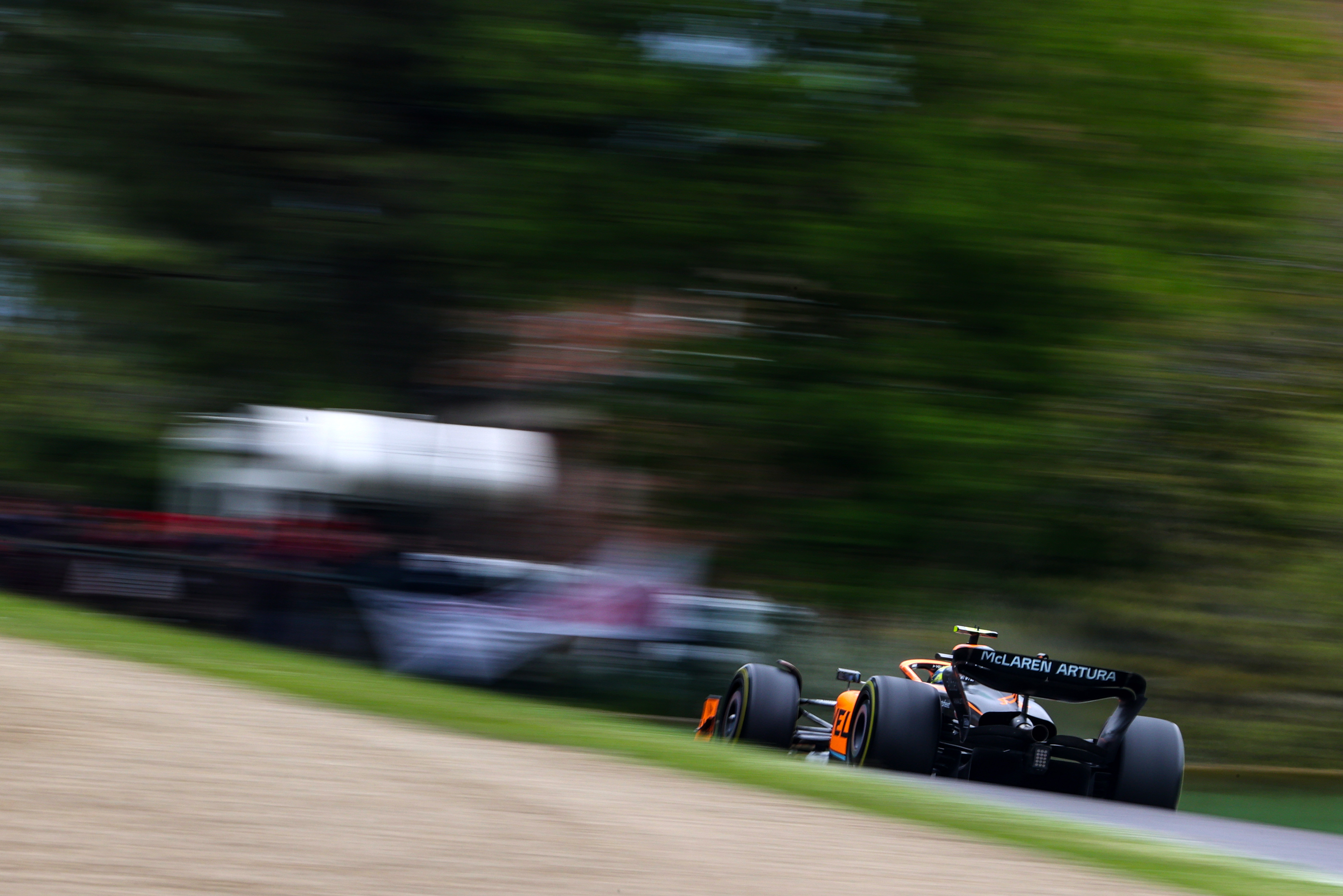
I do understand his point and I do think it’s a valid concern when these cars are getting so big and so heavy. But I think we should just be happy that a track like Imola is on the calendar.
As for the wider overtaking problem, I think it’s clear that F1 just has an inherent issue there. And I don’t see that ever getting resolved unless the cars get about 150kg lighter.
To find out more about The Race Members’ Club, click here





